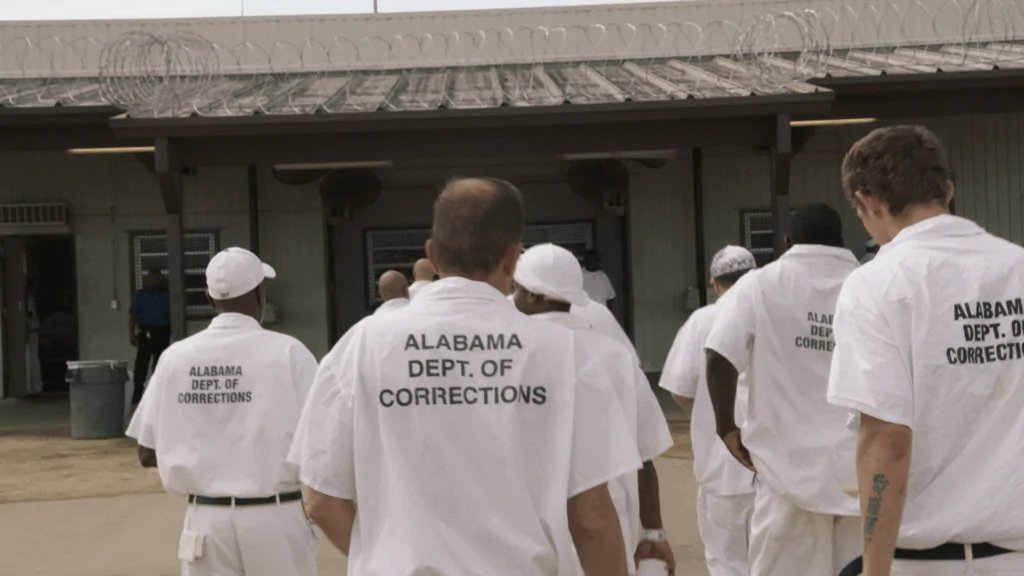Many of us have forgotten what a truly dark night sky looks like. However, in Flagstaff, Arizona, they’ve made it a point to preserve that beauty. Since 2001, the town has implemented strict outdoor lighting regulations, earning it the title of the first “International Dark Sky City.” This means stepping outside at night allows you to gaze up and see beautiful streaks of stars in a milky haze across the heavens.
Plan your trip
When to see the stars
The Milky Way is most visible in northern Arizona from late March to late August, with the best viewing season stretching roughly from late February to early October. It’s a good idea to plan your visit around the new moon for optimal darkness.
- Late March – August: The best time for seeing the Milky Way core.
- Mid August: Coincides with the peak of the Perseid meteor showers, usually around the 12th-13th.
- Mid December: Expect the Geminid meteor showers to peak around the 13th-14th.
- September 25th-27th, 2025: Experience the Flagstaff Star Party with free public viewing at Buffalo Park.
Getting there
Visiting Flagstaff is quite manageable even without a car.
- Fly and ride: Arrive at Phoenix Sky Harbor (PHX) and take a shuttle. Groome Transportation operates daily, along with Flixbus for intercity travel.
- In town: The Mountain Line Bus System covers main routes, and ride-sharing is also an option to reach the Short Hop-to-Roell Observatory in downtown.
Local insights
- Altitude: Flagstaff is located about 2,100 meters (7,000 feet) above sea level. Nights can be surprisingly chilly, even in summer, so take it easy on your first day and stay hydrated.
- Safety check: Before heading out, ensure you have the latest travel resources.
24-hour Stargaze itinerary
This straightforward plan is ideal for a short stargazing trip.
Afternoon
- Arrive and check in at your downtown lodging.
- Visit Lowell Observatory on Mars Hill, where Pluto was discovered. It’s a fascinating historic site.
- Tickets are valid for both daytime and evening programs.
Evening and night
- As dusk approaches, return to the Lowell Observatory to explore the night sky through a large telescope.
- If your timing coincides with a Star Party, Buffalo Park is the place to be for community stargazing.
Next morning
- Grab a coffee downtown.
- Return to Phoenix via shuttle or bus.
Best viewing spots
- Lowell Observatory: Offers guided sky tours and conversations with telescope hosts, not far from downtown.
- Buffalo Park: Great open views for community events, easily accessible via taxi or rideshare.
- If you have time: Explore nearby dark spots like Sunset Crater and the Wupatki National Monuments.
Maximize your night
- Utilize red light to preserve your night vision. Dim your phone screen and avoid using flash for photos.
- Minimize headlight usage in parks, especially away from viewing spots.
- Keep your voice low and adhere to the posted rules.







